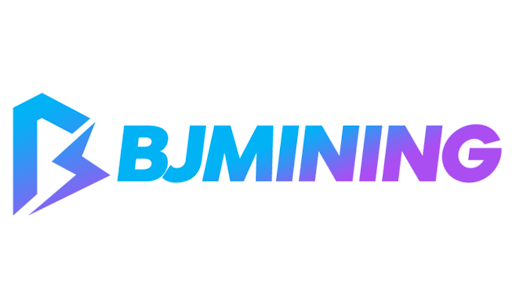Polkadot DAO Approves Historic 2.1 Billion Token Supply Cap

Polkadot's decentralized autonomous organization passed Referendum 1710 on September 14, 2025, with overwhelming 81 percent community approval. According to Cointelegraph, this decision establishes a hard cap of 2.1 billion DOT tokens for the first time in the network's history. The referendum received support from the community through the "Wish For Change" governance track.
The decision replaces Polkadot's previous unlimited inflationary model, which minted approximately 120 million new DOT tokens annually without any supply ceiling. Under the old system, projections showed total supply could have reached 3.4 billion tokens by 2040. The new framework introduces gradual issuance reductions every two years, scheduled to begin on March 14, 2026. Currently, approximately 1.6 billion DOT tokens exist in circulation, meaning roughly three-quarters of the eventual total supply has already been minted.
Why This Transformation Matters
The supply cap represents a fundamental shift from inflationary to deflationary economics for DOT holders. Crypto News reports that projections under the new model show supply reaching approximately 1.91 billion tokens by 2040, compared to 3.4 billion under the previous unlimited system. This creates built-in scarcity mechanics similar to Bitcoin's fixed supply model.
The timing aligns with Polkadot's institutional outreach strategy. In August 2025, the project launched the Polkadot Capital Group, a division designed to connect traditional Wall Street firms with blockchain infrastructure. This new entity targets institutional investors in asset management, banking, venture capital, and over-the-counter trading sectors. The supply cap provides the predictable tokenomics that institutional investors typically require when evaluating long-term cryptocurrency investments.
Despite the governance milestone, DOT's immediate price response remained muted. The token traded around $4.37 following the announcement, representing an 8 percent weekly gain but remaining 92 percent below its November 2021 all-time high of $55.
Industry Implications For Cryptocurrency Markets
This decision reflects broader trends toward monetary policy discipline in the cryptocurrency sector. Invezz notes that cryptocurrencies with fixed supply caps have historically outperformed inflationary tokens during bull market cycles. The move positions DOT alongside Bitcoin, Cardano, and XRP as major cryptocurrencies with defined maximum supplies.
Institutional adoption patterns show growing preference for assets with predictable monetary policies. Thomas Murray research indicates that institutional cryptocurrency adoption accelerated in 2025, driven by regulatory clarity and Bitcoin ETF approvals. Traditional financial institutions increasingly view supply-capped cryptocurrencies as superior store-of-value candidates compared to unlimited issuance models.
The successful passage of Referendum 1710 also demonstrates the maturation of decentralized governance systems. Polkadot's OpenGov framework, launched in 2023, enabled community-driven decision-making on this major economic policy change. This governance approach contrasts with centralized monetary policy decisions typical in traditional financial systems and other blockchain networks with smaller validator sets.
However, skeptics point to potential challenges. The gradual issuance reduction schedule means DOT will continue experiencing inflation until the 2.1 billion cap is reached around 2160. Additionally, validator rewards and treasury funding mechanisms must adapt to decreasing token issuance, potentially requiring fee structure adjustments to maintain network security incentives.
Further Reading
For those interested in decentralized governance mechanisms and organizational tools, our comprehensive DAO tooling guide provides detailed analysis of over 100 platforms and tools used in decentralized governance. The guide examines voting systems, treasury management solutions, and proposal frameworks that enable community-driven decision-making similar to Polkadot's recent referendum process.





